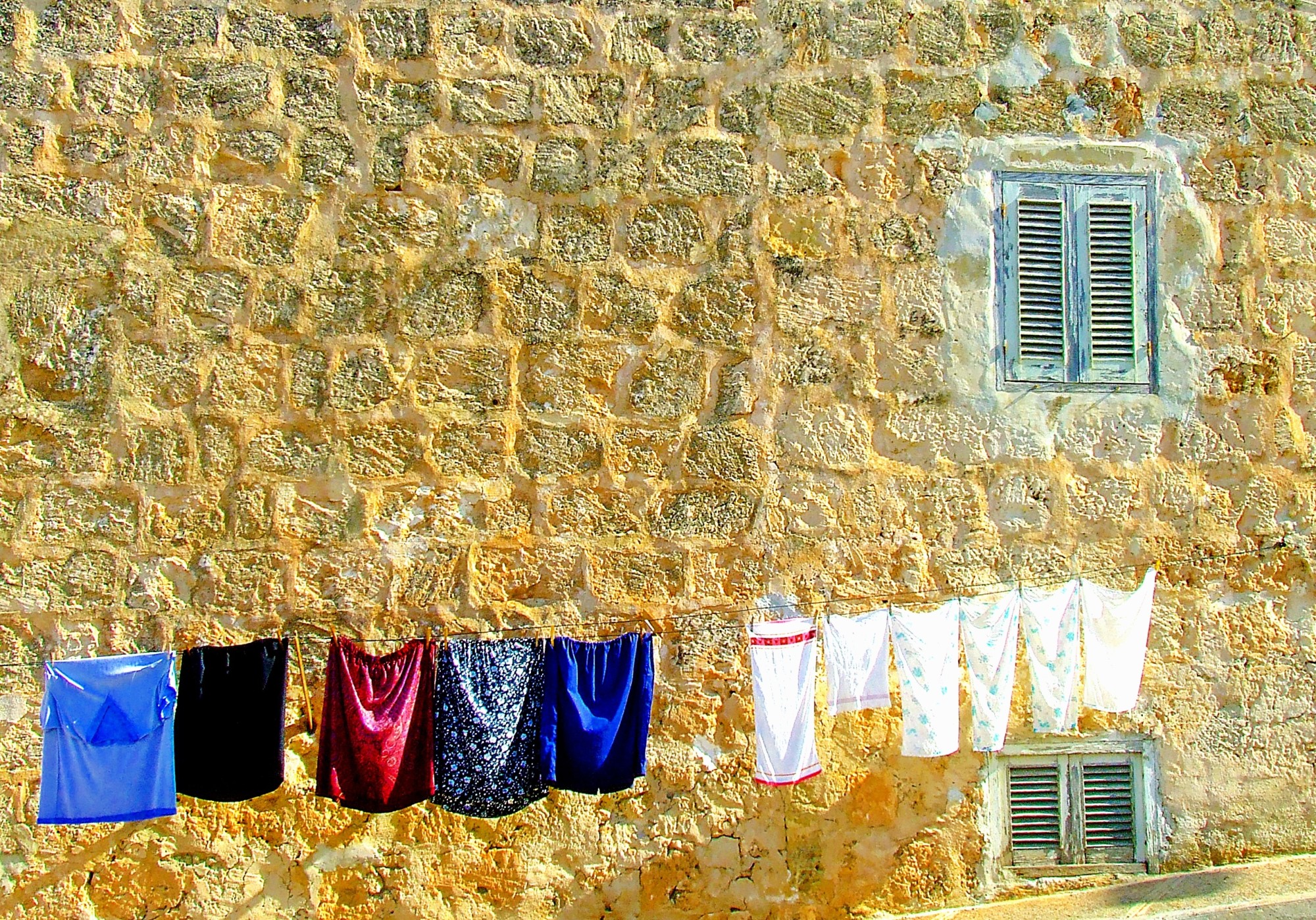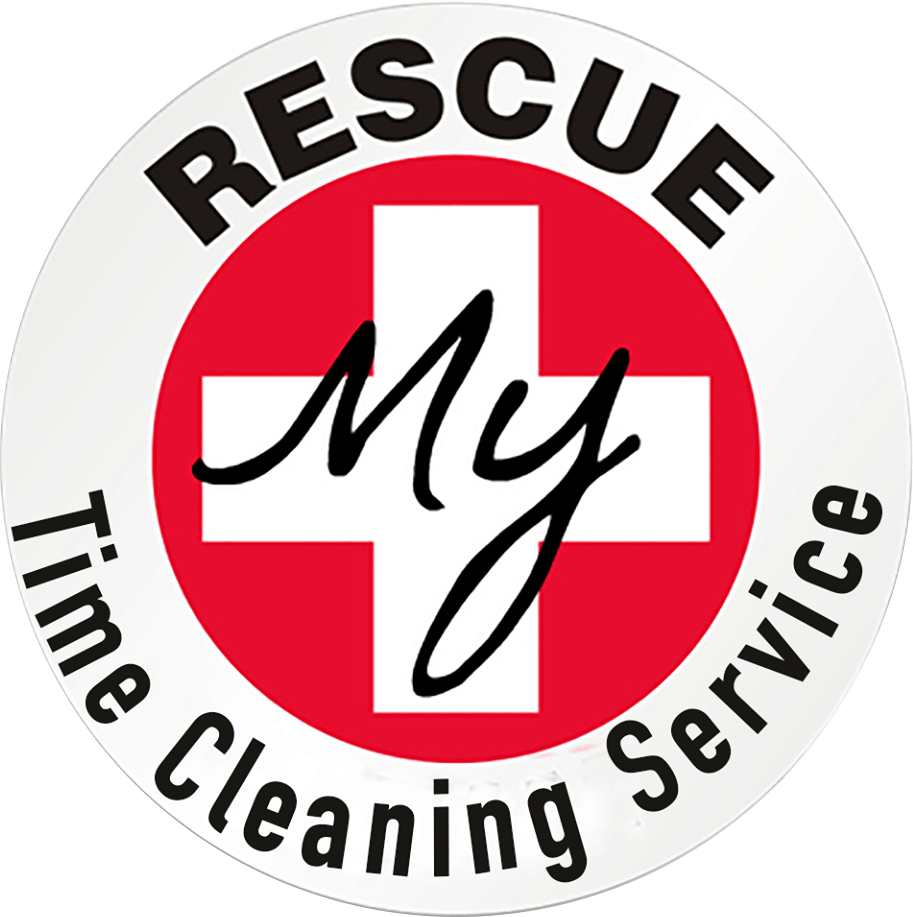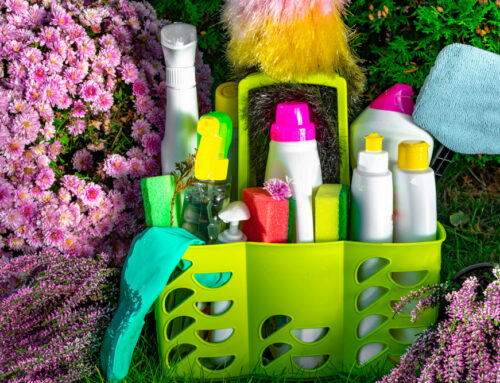
Separation Anxiety?: What You Need to Know About Washing Whites With Colors
Did you know that the average American family does eight to 10 loads of laundry every week? This comes out to about 12 to 15 hours – every. single. week.
It’s no wonder so many people are looking for ways to streamline the process!
Do you really need to wash dark clothes separately? What’s the big deal about washing whites with colors? And what’s the worst that could happen if you just tossed them all in together?
If you’ve ever found yourself asking these questions, then you’re in the right place! Stick with us as we explore all the facts you need to know about separating laundry.
It’s Not Just About Color
One of the reasons that the question of washing lights and darks together is so complicated is that there’s more to it than just the color of the clothing. Almost as important (and sometimes more so) is the fabric that the clothing is made from.
Different materials will do best with different washing styles – which is the reason why your washing machine has so many different options!
So, to make things even more complicated, to do your laundry the right way, you’ll want to separate by color and material. Here’s why.
Color Spread
The most obvious reason to separate dark and light-colored clothes is the concept of “color spread.” When you wash dark or brightly colored clothes, there’s a good chance that a bit of the dye will come out of the clothing and into the water.
This can cause white and light-colored clothes to take on that shade, leaving them looking “off.” If your light-colored clothing starts to look gray or dingy, this is likely one of the primary culprits.
Keeping things separate is particularly important if you’re washing newer clothes. Since there’s more dye in them at first, this problem will be even more noticeable.
If you do one load that’s made up of only whites, you can also add some bleach or white vinegar to the load, which will give them a lighter, brighter look. Just make sure you don’t accidentally toss in a dark item (like a stray sock) or you’ll end up ruining the entire load!
Shrinking and Damage
Taking the next step and separating by fabric as well will help you avoid shrinking. Certain materials can’t handle hot water or the heat of the dryer.
You’ll also want to avoid mixing material types too much. For example, if you toss a bunch of heavy jeans in with a thin cotton top, there’s a good chance that the friction and weight will damage the more delicate items. Even if this doesn’t happen the first time, the damage will likely build up over time.
Hot vs. Cold Water
Next comes the question of whether the laundry should be washed in hot or cold water. If you’ve already done the separating as described above, then this question is easy.
Most whites should be washed in hot water. There are several reasons for this. First, even if you’re using a detergent that says it works well in cold water, choosing this option still allows some dirt to redeposit on the clothing.
When you’re dealing with whites, this residual dirt will make them start to look dingy – fast.
Secondly, many whites are actually undergarments (socks, underwear, undershirts) that should be washed thoroughly for sanitary purposes. Using hot water will kill germs and bacteria. As long as the whole load is white, you can also add some bleach for an extra sanitizing boost.
Colors, on the other hand, should be washed in cold water. This will keep the dye from leaking out too much, which protects your other clothes and also preserves the color. If you want your colored clothes to look new for as long as possible, then cold water is your friend.
It’s time for a quick reality check, though. There are going to be some times when you’re in a rush and don’t have time to do a bunch of separate loads of laundry.
In this case, err on the side of caution and wash everything in a cool, gentle cycle. This will get your clothes clean enough while avoiding potential damage.
Sorting Tips
Adding laundry to your weekly house cleaning schedule will help you avoid facing a huge mound of dirty clothes once a week. Consider purchasing a special laundry station that allows you to separate your clothes as you go.
It’s also a good idea to have separate baskets for items that need to be hand-washed and anything with a stain that needs special treatment. Putting these smaller baskets on top of the washing machine will help you simplify the process.
Once you get into the habit of sorting as you go, you can set up a laundry routine. For example, you could do whites on Monday, darks on Tuesday, and hand-wash items on Wednesday (for example). Once you get into a routine, the whole process becomes second nature and is no longer such a hassle.
Worried About Washing Whites with Colors? Outsource it All
When it comes to the question of washing whites with colors, it’s usually not about the laundry process at all. Let’s face it, you’re busy and don’t have enough time to do laundry as it is, without complicating even further.
Don’t worry, though, we’ve got the perfect solution for you! Instead of wasting your time and energy thinking about how to do your laundry, hire the pros to take care of it (and the rest of your household chores) for you.
Just think about what you could do with all that extra time! Best of all, professional house cleaning services are less expensive than you think. Request a quote today and take back control of your time.
Share this article
Follow us
A quick overview of the topics covered in this article.












